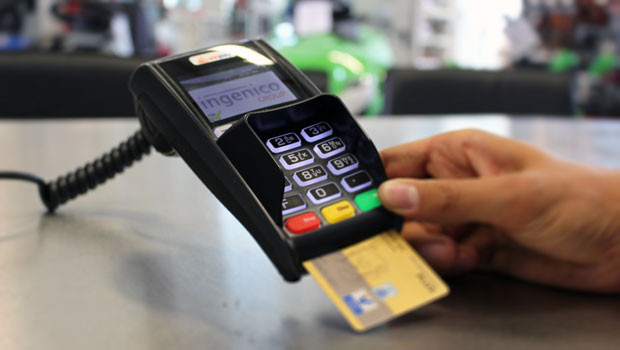Valentine's Day helps boost retail sales - BRC

Retail sales sparked in February, industry research showed on Tuesday, as consumers splashed out on Valentine’s Day presents.
According to the latest BRC-KPMG Retail Sales Monitor, UK like-for-like sales rose 4.9% year-on-year, or by 5.2% on a total basis. Within that, like-for-like food sales rose 8.2% while non-food sales increased 2.7%.
In January, sales rose 3.9% on a like-for-like basis and by 4.2% on a total basis.
The three categories that saw the biggest uptick in sales were health and beauty, food, and jewellery and watches.
Helen Dickinson, chief executive of the British Retail Consortium, said February’s sales had been better than expected, although volumes remained down on 2022.
She continued: "While the cost of living crisis has made customers increasingly price sensitive, they are still ready to celebrate special occasions. This helped deliver strong sales of fragrance and jewellery for Valentine’s Day.
"The economic backdrop means retailers face volatile trading conditions. Many consumers will be concerned as they prepare for further energy price and tax rises in April."
Paul Martin, UK head of retail at KPMG, said: "With overall inflation running at around 10%, and food inflation nearer 20%, total sales growth of just 5% will be eating hard into retail margins and masking the true state of the sector’s health.
"Consumers are continuing to hold back on non-essential spending with sales of clothing, footwear and accessories, which have been very influential in spending for many months, continuing to decline.
"With increases in energy, broadband, mobile phone and council tax bills on the horizon, consumers will continue to take steps to reduce spend where they can."
Susan Barratt, chief executive of IGD, said: "Food and drink sales, driven by historically high levels of inflation, grew in February and we’re seeing little sign of food inflation abating in 2023. Volume sales continued to decline, and events like Valentine’s Day are failing to make a positive impact.
"Despite energy prices beginning to fall, the fact that food inflation remains stubbornly high means consumers’ trust and confidence is declining. Food availability concerns among shoppers remain high."